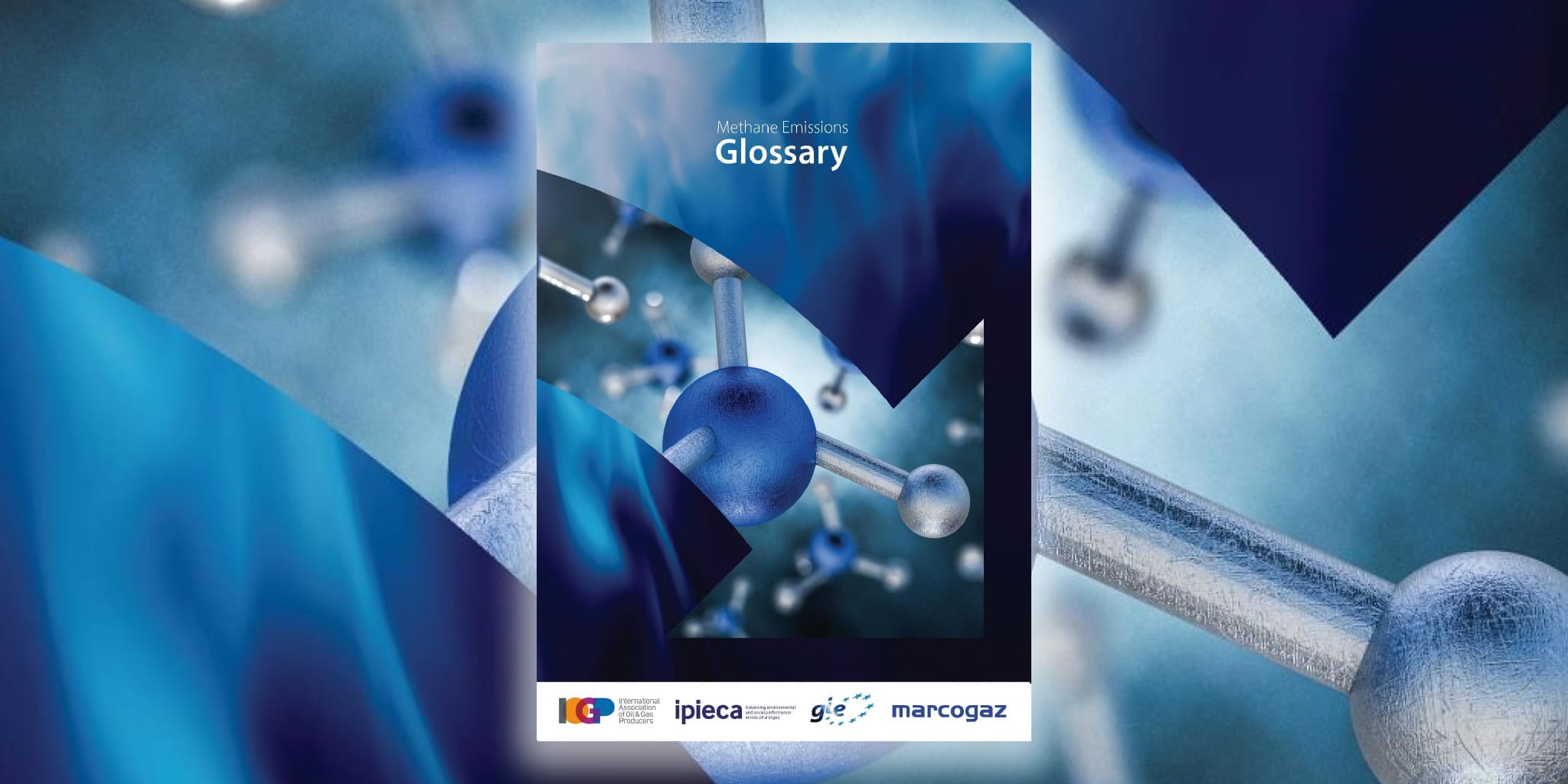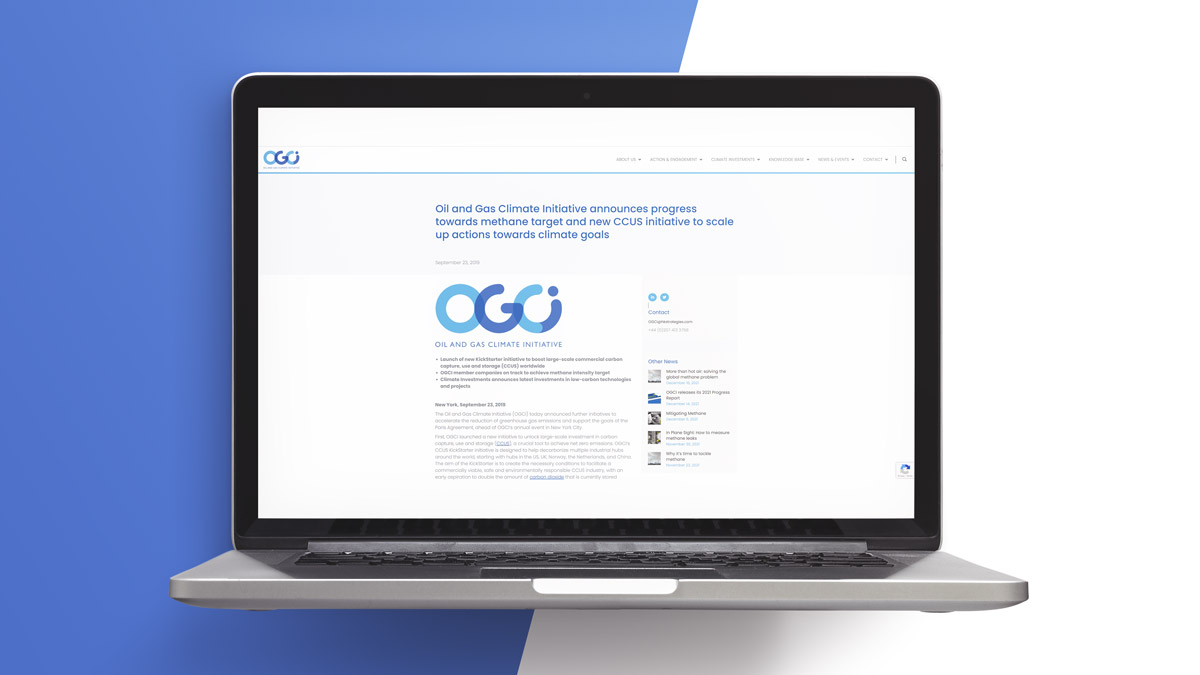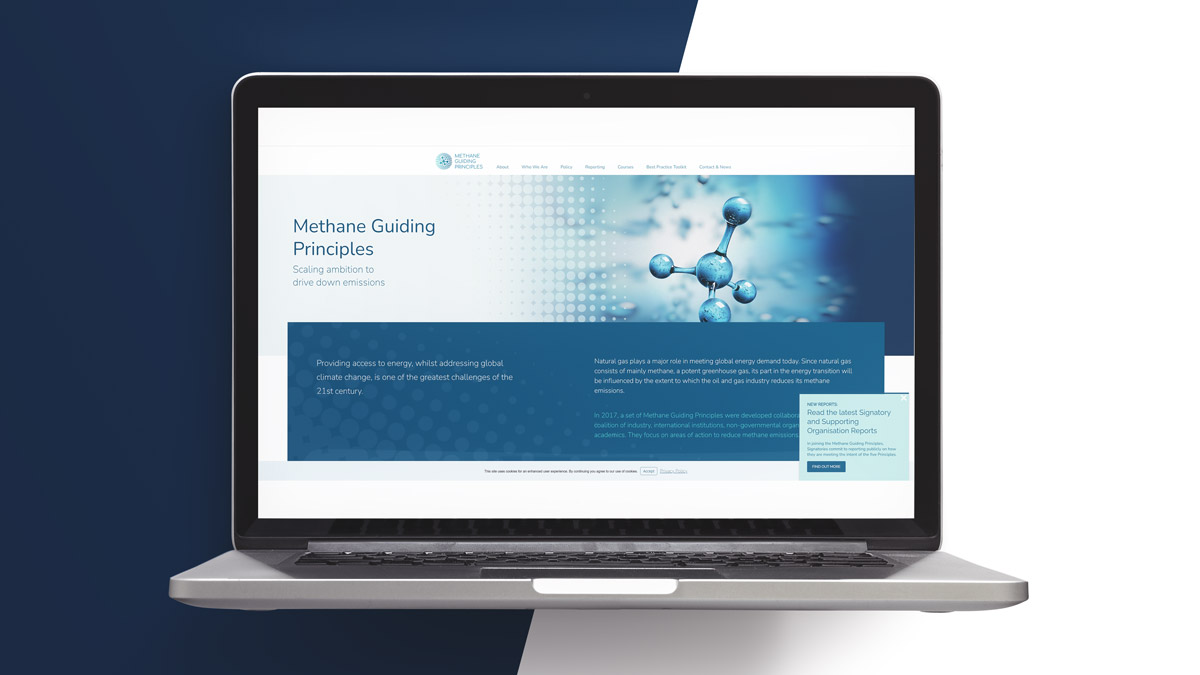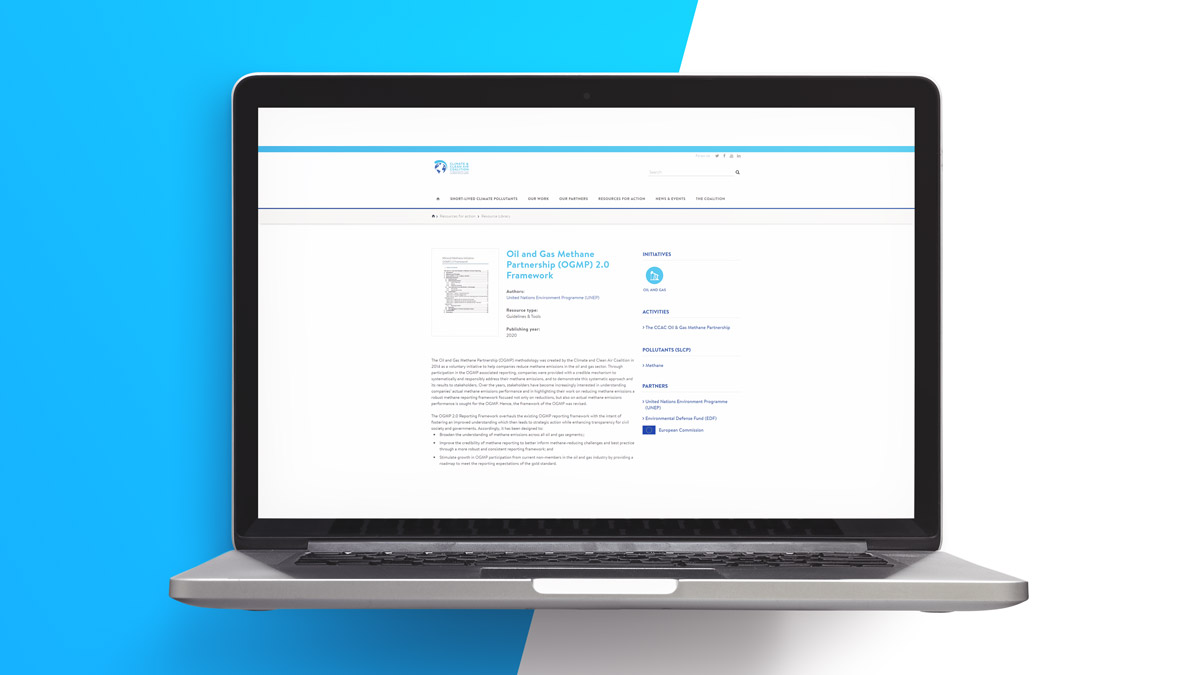Methane Emissions
Methane is a potent Greenhouse Gas accounting for around 10% of total EU GHG emissions.
To maximize the benefits of natural gas as a partner to variable renewable energies and as a cleaner alternative to coal, our industry works to reduce methane emissions from its operations across the value chain.
At the global level, 40% of methane emissions come from natural sources (biogenic), and 60% are associated with human activity.
Source: 2023 IEA Methane Tracker for year 2022 – under “Sources of methane emissions”.
Source: 2023 EEA greenhouse gases – data viewer for year 2021 – under section ‘sector’ sorted by CH4 gases.
46% of EU energy sector methane emissions come from oil and gas operations, 31% come from coal operations and 23% from bioenergy.
Source: 2023 IEA Methane Tracker under section ‘Europe – under “Europe methane emissions from energy sources”.
Methane releases can occur along the oil and gas value chain for due to:
Flaring (burning) and or venting for operational safety or economic reasons.
Fugitive emissions due to unintentional leaks from pneumatic equipment, pipelines, wells, etc.
To maximize the benefits of natural gas as a partner to variable renewable energies and as a cleaner alternative to coal, our industry works to reduce methane emissions from its operations across the value chain.
Methane
quantification
Monitoring, Reporting, and Verification (MRV)
Methane reduction target setting
Leak Detection and Repair (LDAR)
Best Available Techniques
To support the industry and stakeholders in the use of consistent terminology, Ipieca, IOGP, GIE and MARCOGAZ prepared this methane emissions glossary covering the whole natural gas value chain.
Intended for policymakers and regulators working on methane regulation in Europe, this glossary will be updated to reflect new legislation and technologies.
Some oil & gas industry initiatives
IOGP welcomes EU plans to prevent methane leaks in the energy sector and the establishment of the International Methane Emissions Observatory. We call for a risk-based and flexible approach allowing companies to choose optimal technologies approach to detect and repair methane leaks.




